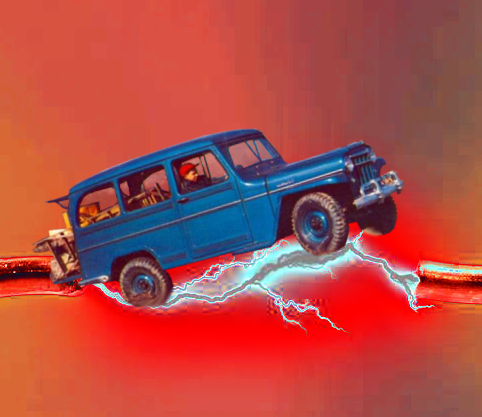EV plan lands
 The Albanese government has launched its electric vehicle (EV) strategy, aimed at eliminating barriers to EV adoption.
The Albanese government has launched its electric vehicle (EV) strategy, aimed at eliminating barriers to EV adoption.
The plan focuses on three areas: EV supply, infrastructure development, and increased demand from drivers.
Six primary objectives were outlined in the strategy: increased availability of EV models, reduction in transport emissions, easier national charging, higher local manufacturing and recycling of materials, lower EV costs, and lower vehicle operation expenses.
To meet the outlined goals, the strategy also proposes the creation of fuel efficiency standards that require automakers to limit emissions from their entire fleets, or face penalties.
Climate Change Minister Chris Bowen says that the fuel efficiency standards will bring Australia in line with other developed countries and help the country achieve its emission reduction targets.
While Australia has not set an EV uptake target, it is focused on enhancing the variety of EV models on offer and reducing their prices.
The Electric Vehicle Council says that the fuel efficiency standards will aid in increasing the number of EVs automakers sell in Australia. The nation is lagging behind other developed countries on this issue and must act fast to adopt the standards.
The government says one carmaker sent just 750 EVs to Australia last year, but it received interest from 30,000 potential buyers.
The Australian Automobile Association has questioned what the government will do as revenue from the fuel excise dwindles due to the rise of EVs.
Michael Bradley, managing director of the peak motoring body, has urged the government to come up with a solid funding stream for road construction and maintenance in the future, and recommended that electric and other zero-emission vehicles should be brought into the tax system at a discounted rate to avoid disincentivising take-up.
Apart from the fuel efficiency standards, the strategy relies mainly on existing initiatives, programs, and policies like the electric car discount, upgrade of charging infrastructure, and reconstruction fund that will boost local manufacturing.
The plan includes some new initiatives such as better enabling charging networks for people living in apartment buildings, a “national mapping tool” to identify the most-needed charging stations, training on EVs for emergency service workers, and preparing recycling systems to reuse EV batteries and other components.
Greens leader Adam Bandt has criticised the government for not including targets for the uptake of EVs or phase-out dates for petrol and diesel vehicles.
The National Electric Vehicle Strategy is available here, while consultation on the design of fuel efficiency standards is available through www.cleanercars.gov.au







 Print
Print